Raccoons are a fascinating sight. The black masking and ringed tail make them look like cute little bandits. But, as the saying goes – you should never judge a book by its cover!
These highly intelligent animals are best known for their problem-solving abilities. With 438 million neurons in their brain, raccoons have a strong memory and high IQ level. This explains how they are able to open doors, windows, and even jars.
But that’s not all. Raccoons also have unique human-like paws, which leaves many with one big question – do raccoons have thumbs?
The answer to this is a little complex, but we promise to break it down for you in the easiest way possible. So, without further ado, let’s dive in!
What Do Opposable Thumbs Mean?
A thumb is the short, thick digit of a hand that can be placed opposite to the other fingers. Most of the time, we refer to them as opposable thumbs. It’s because opposability is a feature of thumbs.
And what does opposability mean? The ability to touch other fingers and handle different types of objects. Without this feature, we cannot hold items using one hand.
So, whether you say thumb or opposable thumb, it is technically the same thing.
What Animals Have Opposable Thumbs?
Opposable thumbs are a distinctive characteristic of primates (i.e. the most intelligent and developed group of mammals). So, there’s no wonder humans are at the top of the list.
The human thumb is the longest among all the primates. It’s even longer than other fingers on a human hand. This makes us capable of handling and manipulating a variety of different objects easily.
Other primates on the list are apes, lemurs, monkeys, and lorises. However, primates aren’t the only ones. Some non-primate animals have evolved to develop opposable thumbs, which include koalas, frogs, pandas, opossums, possums, and even a few birds.
How Are Raccoon Hands Different From Human Hands?
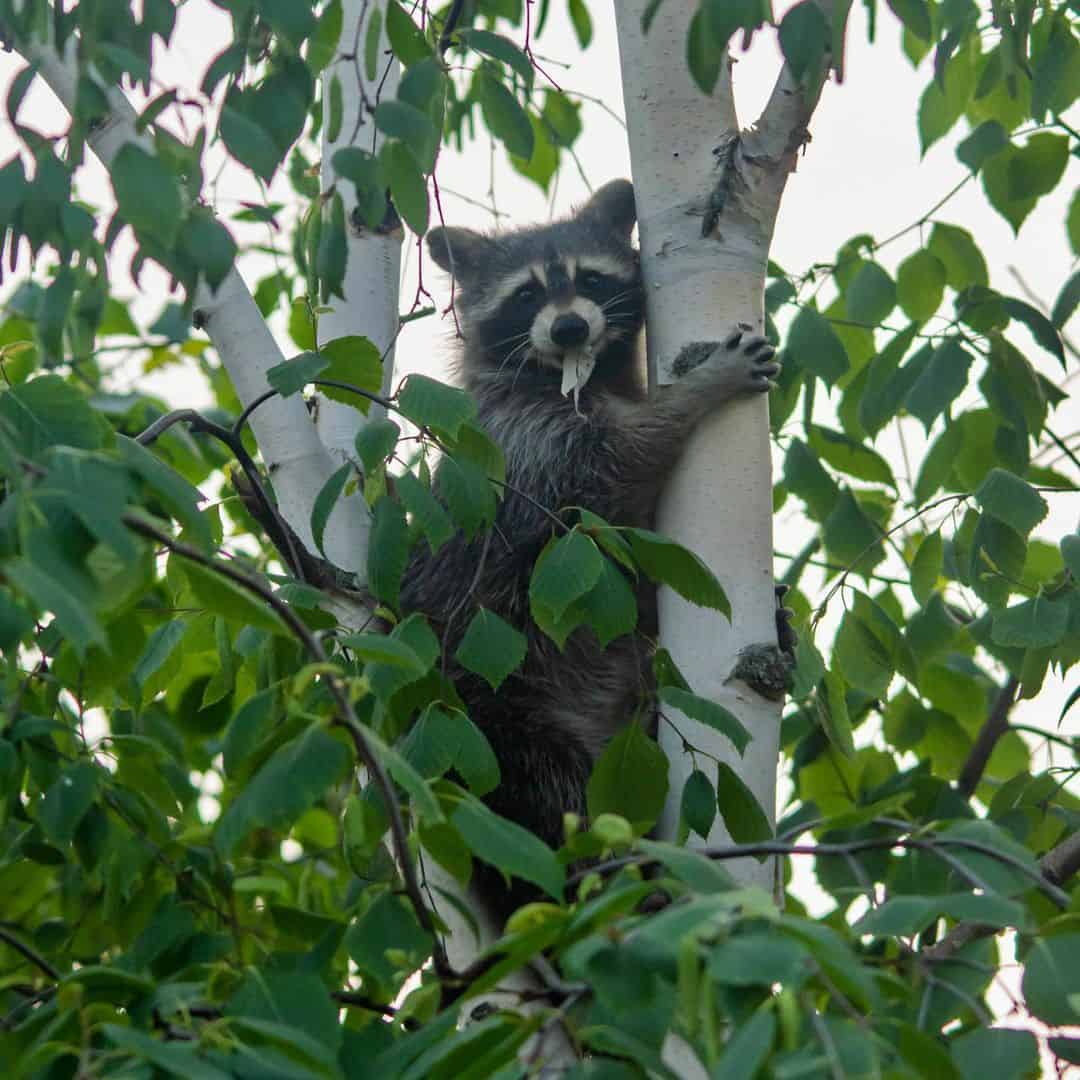
Image Credit: iskabitsi
First of all, a wide misconception about raccoons is that they have hands. This is a wrong term because hands never have a padded underside.
Raccoons have paws, which we can further categorize into forepaws and rear paws. These paws have soft cushion-like padding that absorbs shocks and provides traction. This explains how raccoons are able to run so fast.
However, there’s one special thing about raccoon paws – they have a striking resemblance to human hands.
Each paw features 5-long, tapered digits with long claws. The first and last digits are short, while the middle three digits are of almost the same length. Also, the first and last digits are offset from the middle three digits.
All these characteristics make raccoon hands look just like humans. But that’s not all. The digits are also very flexible and dexterous.
This allows raccoons to demonstrate another human-like ability; to hold and manipulate different objects. However, raccoons have to use both hands to do this.
Unlike humans, they cannot hold an object in one hand or manipulate it with one hand. They need to engage both their forepaws in the activity to successfully identify what the object is and what it can do.
The Sensitive Paws of Raccoons
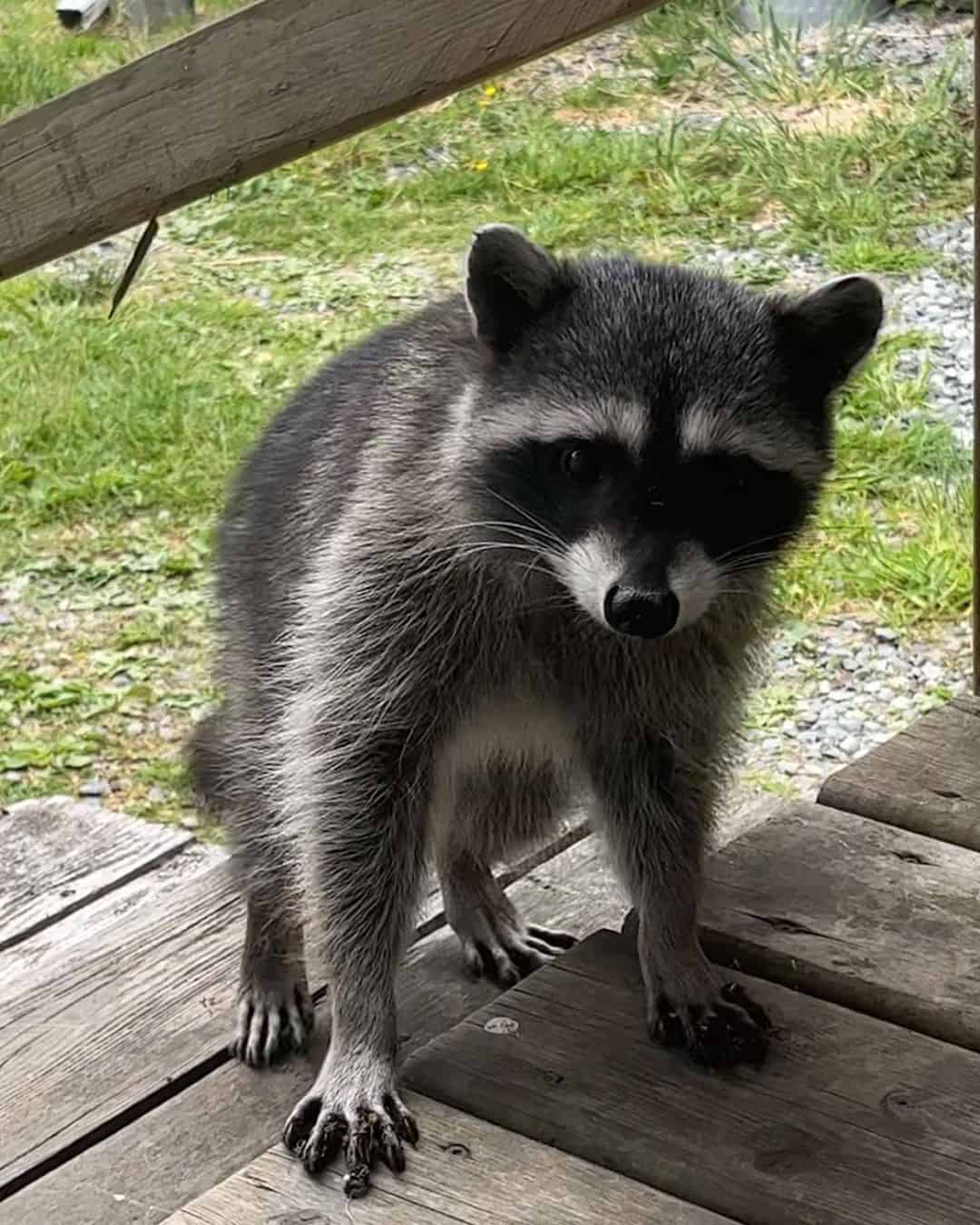
Image Credit: irisha_titor
Another unique feature of raccoon paws is their sensitivity. The soft padding of the paws is filled with a particular sensory cell called a mechanoreceptor. These receptors respond to mechanical distortion or pressure to collect data.
Since raccoon paws have around 5 times more mechanoreceptors than other mammals, their sense of touch is extremely sensitive and accurate. They can detect the smallest of details in an object using their touch.
It is said that almost two-thirds of the sensory data is received through their paws. This is why raccoons always run their paws over every object and manipulate it before deciding what to do with it.
How Do Raccoons Use Their Paws?
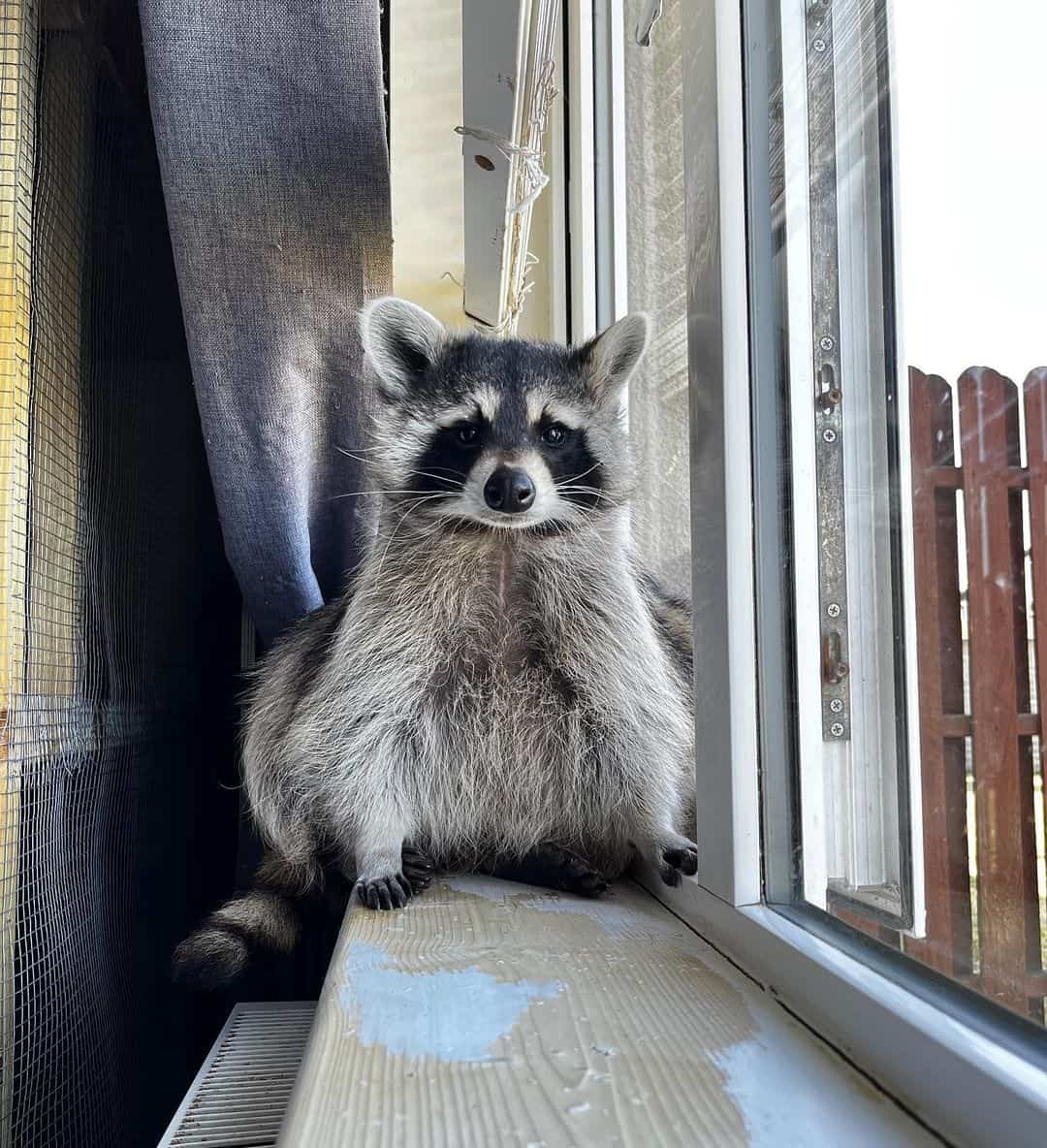
Image Credit: motherofraccoons
Since raccoons have dexterous paws, they can perform several human-like functions. For instance, they can grab any object in their sight and hold it firmly with both front paws. Many raccoons use this ability to scavenge food from human neighborhoods.
They can be seen running away with eggs, pet food, and even leftover fried chicken. Raccoons can eat pretty much eat anything that a human eats, so they don’t hesitate at all. The only things that they leave behind are onions, garlic, nuts, and chocolate.
Raccoons can also use their long fingers to hold objects and exert a pull. This is how they open closed garbage cans, doors, windows, and refrigerators. If strong enough, a raccoon can open the car door and get inside.
What’s more, raccoons can use their paw sensitivity and manipulation skills to figure out more complex tasks. They can open jar lids, knots, safety locks, and much more. In the wild, raccoons also use their paws to:
1. Dig
Raccoon paws are not just flexible but have long powerful claws. This makes them an ideal tool for digging the ground. The purpose behind this is to find food and not create burrows.
They will look for insects, small prey, and vegetables. If you grow veggies in your backyard or garden, this can become a major problem as raccoons will steal everything before you can harvest.
So, it’s always best to set up a strong fence around your garden. It should be at least 2 feet deep and 4 to 5 feet high.
2. Climb
Besides digging, raccoons also rely on their long claws for climbing tall trees. They first use the claw to grip the tree trunk and then use the limbs to pull them up.
Their control is so strong that they climb down head-first too. You can also find them perched high on rooftops, poles, and urban structures.
However, despite their excellent climbing skills, raccoons do not prefer sleeping on heights. Instead, they find a burrow or hollow space to make their den.
3. Swim
Raccoon paws work wonders underwater too. They completely rely on the strength and flexibility of their paws to keep them afloat as well as move forward.
Although their swimming style is very basic, they can cross water bodies faster than animals of their size. The average speed of raccoons is 3 mph. This is half of how fast an average human swims.
What’s more fascinating, raccoons can hunt and grasp prey while swimming. In fact, a raccoon mostly prefers to swim only when it has to find food.
4. Protect
Like any other animal, the first thing a raccoon does to protect itself is use paws. The long nails benefit by scratching the enemy and damaging its important parts, such as the eyes. This is usually followed by powerful bites.
However, a raccoon will only use this protective mechanism when threatened by predators in wildlife. This includes humans, coyotes, lions, wolves, and even owls.
Sometimes, an adult male will find himself stuck in the territories of other males. This situation leads to a fight, which ends up in one fleeing and the other winning.
Do Raccoons Wash Food?
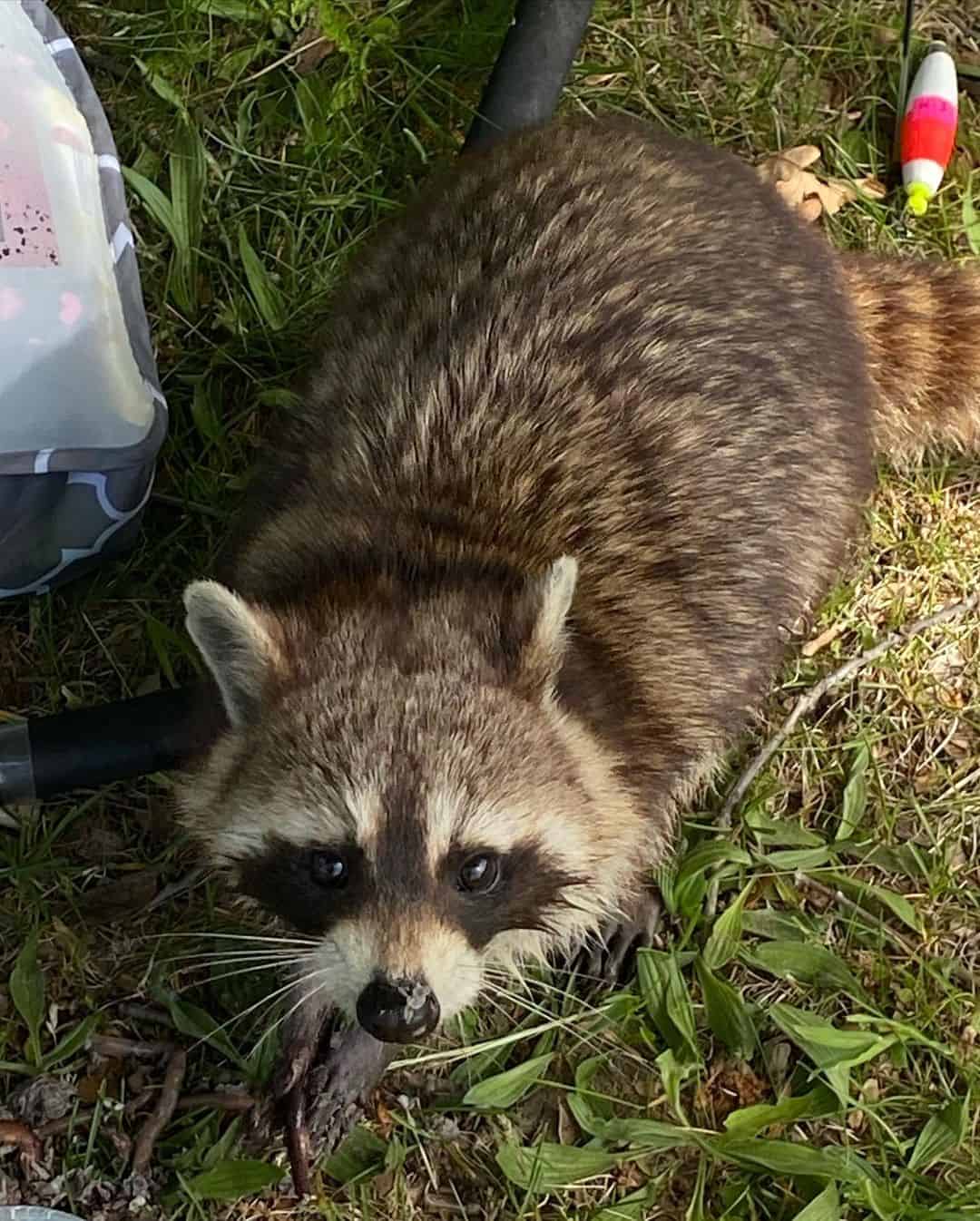
Image Credit: mlewis325
Raccoons are often seen dipping their food in water before eating. This has led to the assumption that raccoons wash their food. But there’s no truth in this.
The palm of a raccoon’s forepaws has a thin protective layer called a callus. It is generally hard, but when soaked in water, it becomes soft. This increases the sensitivity of their paws.
As a result, a raccoon can better feel the object and understand what the food item is. If water isn’t available, a raccoon will roll the food in snow or mud. However, this practice isn’t mandatory.
It’s just something a raccoon prefers to do for learning purposes. Sometimes, when it is too familiar with an object, the raccoon will not wash or roll it in anything. It will directly eat it.
With all this said, some people claim raccoons dip their food in water because they don’t have salivary glands. This is also untrue because raccoons are often seen chewing pet food without dipping them in anything.
FAQs
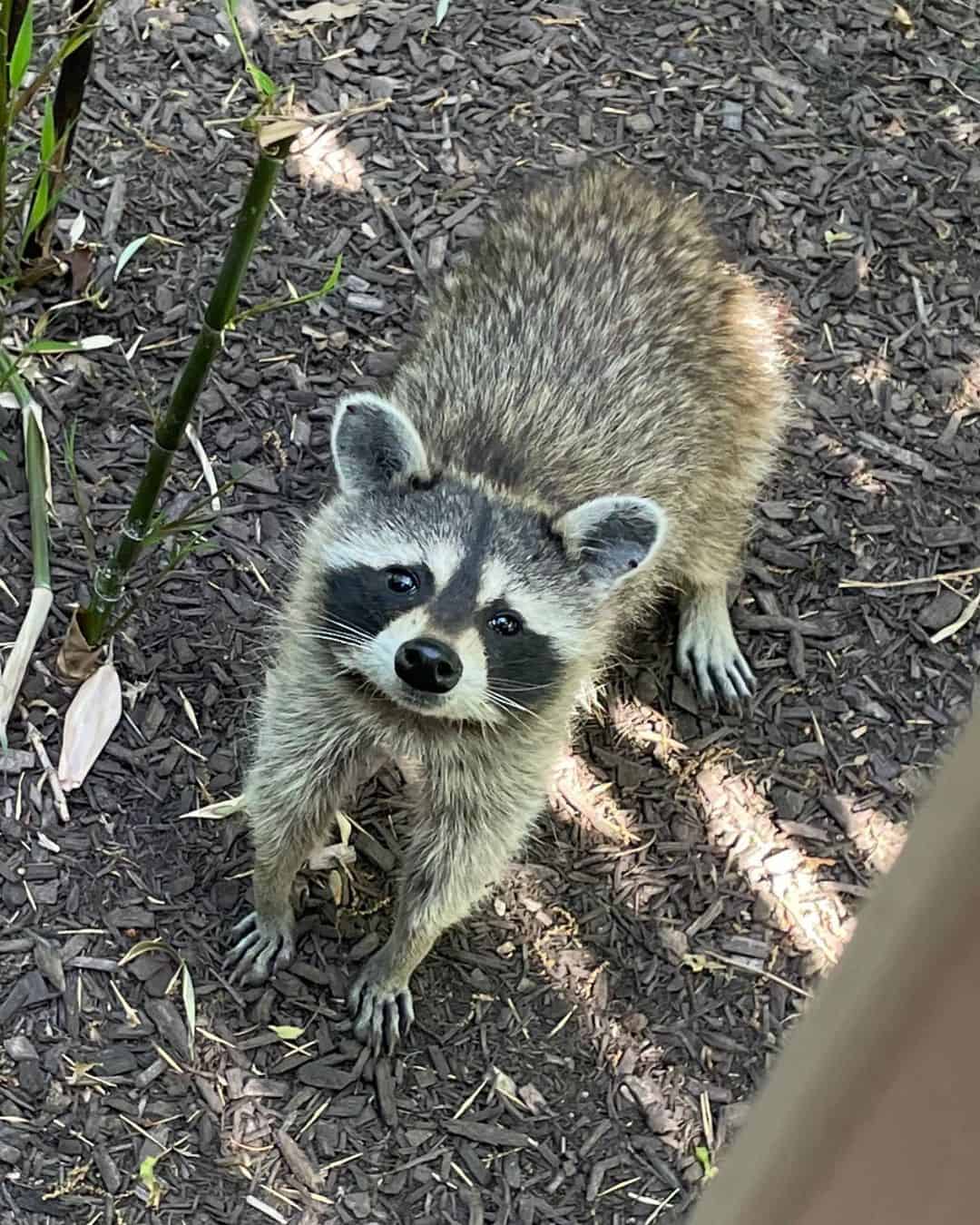
Image Credit: alwayswinter17
How Many Fingers Do Raccoons Have?
Raccoons have five long fingers on each of their paws. You can also call them digits.
Why Do Raccoons Have five fingers?
In raccoons, the main purpose of having five fingers is to grab and hold objects firmly. Their fingers allow them to push, pull, turn, and perform several different manipulation tasks. However, they have to use both their paws for perfect handling.
Do Raccoons Have Taste Buds in Their Hands?
No, raccoon paws don’t have any taste buds. There are sensory receptors in the paw padding called mechanoreceptors. These enable raccoons to move the object around and identify what it is.
So, Do Raccoons Have Thumbs?
Perhaps, the answer to this question is evident now. Raccoons don’t have any thumbs. They have five-fingered paws that resemble human hands in looks and functionality.
However, the fact can’t be changed raccoons have paws, and humans have hands. Raccoons also have a layer of mechanoreceptors in their paw padding, which gives them sensitivity.
We hope this article has served as a useful resource. If there’s any query or point of confusion, let us know in the comments below!
